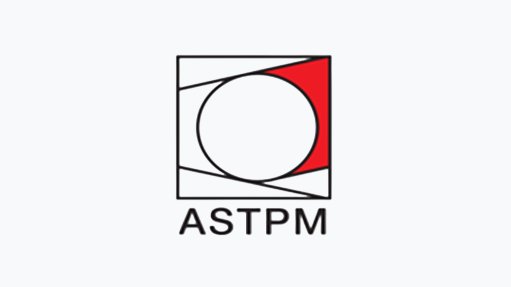Getting more efficient
About four years ago, I launched a project called the 400 W house.
The house I proposed would use no more than an average of 400 W of electricity an hour over a 24 hour period. I specified a fridge that would use 180 W, a TV at 90 W, an induction cooker/hob at 900 W and an induction water heater at 2 000 W. Lights were 20 W.
The whole project was completely feasible and would run on four 24 V batteries and an inverter. The power supply would be solar in the form of four 700 W solar panels.
What did interest me, after I had done all the calculations, was how simple the whole project was – no sacrifice was required by the inhabitants in terms of comfort or amenities. What makes the project viable are the efficiencies of various components: the lights, the induction cooker and the induction water heater are way more efficient than conventional types. A stove top cooker is rated at about 2 kW and an induction cooker/hob at about 1 300 W. However, the induction cooker is 33% more efficient than the stove top. The induction water heater is 40% more efficient than a conventional geyser. We all know how efficient lights are.
None of the components in the 400 W house is massively more expensive than the conventional equivalent; in fact, the induction cooker is really quite cheap, costing about R600.
However, we do not see, anywhere, the 400 W house in action. It should be widely adopted. Certainly, I think the induction cookers are marvellous. I have two of them, but I do not know anybody else who has one. There must be people who use them, since they are sold in Makro. It is true that you cannot cook on an induction cooker using a copper pot or aluminium pot – but so what?
My rationale behind the 400 W house arose from the months I was in Zambia. It takes a short time to realise that about 65% of Zambian houses have no electricity, the chances of these houses getting any electricity in the medium term is near zero and, even if they had electricity, they could not afford to pay for it.
Ideally, all villages should be electrified using a mini grid, driven by solar power and supported by batteries. Yes, there are issues of theft and maintainability, but these can be dealt with. In particular, if one uses lithium-ion batteries, there will be a very small maintainability requirement. Other batteries do require maintenance, but will last longer.
The fundamental reason why the 400 W house and the local solar mini grid do not exist is that nobody really cares. If a master’s student is being paid in US dollars to investigate climate change and the lack of electricity in Africa, we would have experimental mini grids tomorrow, complete with a double spread in a famous magazine – the old popular story: ‘Westerners bring hope to this impoverished continent . . . New electrical supply brings hope to thousands.’ But, actually, nobody cares. I will bet that nobody has done my 400 W house calculations. In Africa, many millions go to sleep by the light of a candle and cook on a fire. They are unaware of the world as they might see it on TV. They cannot preserve milk or meat. They have no hot water to bathe. Our power supply authorities should be ashamed. We ought to be ashamed.
Article Enquiry
Email Article
Save Article
Feedback
To advertise email advertising@creamermedia.co.za or click here
Comments
Press Office
Announcements
What's On
Subscribe to improve your user experience...
Option 1 (equivalent of R125 a month):
Receive a weekly copy of Creamer Media's Engineering News & Mining Weekly magazine
(print copy for those in South Africa and e-magazine for those outside of South Africa)
Receive daily email newsletters
Access to full search results
Access archive of magazine back copies
Access to Projects in Progress
Access to ONE Research Report of your choice in PDF format
Option 2 (equivalent of R375 a month):
All benefits from Option 1
PLUS
Access to Creamer Media's Research Channel Africa for ALL Research Reports, in PDF format, on various industrial and mining sectors
including Electricity; Water; Energy Transition; Hydrogen; Roads, Rail and Ports; Coal; Gold; Platinum; Battery Metals; etc.
Already a subscriber?
Forgotten your password?
Receive weekly copy of Creamer Media's Engineering News & Mining Weekly magazine (print copy for those in South Africa and e-magazine for those outside of South Africa)
➕
Recieve daily email newsletters
➕
Access to full search results
➕
Access archive of magazine back copies
➕
Access to Projects in Progress
➕
Access to ONE Research Report of your choice in PDF format
RESEARCH CHANNEL AFRICA
R4500 (equivalent of R375 a month)
SUBSCRIBEAll benefits from Option 1
➕
Access to Creamer Media's Research Channel Africa for ALL Research Reports on various industrial and mining sectors, in PDF format, including on:
Electricity
➕
Water
➕
Energy Transition
➕
Hydrogen
➕
Roads, Rail and Ports
➕
Coal
➕
Gold
➕
Platinum
➕
Battery Metals
➕
etc.
Receive all benefits from Option 1 or Option 2 delivered to numerous people at your company
➕
Multiple User names and Passwords for simultaneous log-ins
➕
Intranet integration access to all in your organisation


















